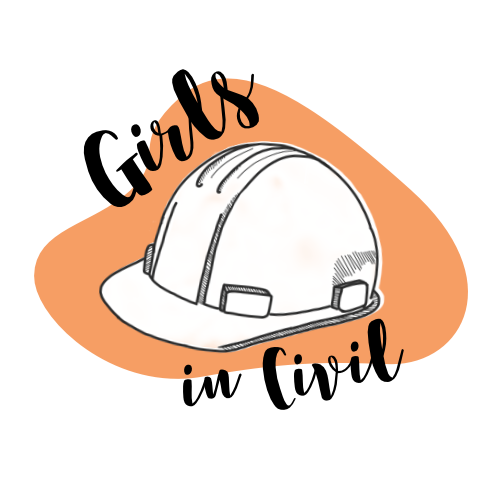Geotechnical Engineering
Geotechnical engineering is an important subset of civil engineering dealing with engineering performance of earth materials. Geotechnical engineering uses principles of soil and rock mechanics to determine:
subsurface conditions and materials
relevant physical/mechanical and chemical properties of these materials
stability on natural slopes and man-made soil deposits
risks posed by site conditions
To design earthworks and structure foundations, and monitor site conditions, earthwork and foundation construction.
What does a Geotechnical Engineer do?
Investigate existing subsurface conditions (tunnels excavations, pipelines)
Determine physical and chemical properties relevant to project considered
Asses risks posed by site conditions
Design earthworks and structural foundations
Monitor earthwork and foundation construction
Prepares and inspects projects involving drilling and exploration.
Responsible for geological mapping, report writing, site characterization, numerical modeling and analysis of excavations/supports.
Geotechnical Engineers spend as much time outside doing field work as they do in the office.
They can work on building wharves, jetties, marinas and coastal defenses, as well as foundation and anchor systems for offshore structures such as oil rig platforms.
Engineers may also work on embankments, tunnels, channels, reservoirs, irrigation systems, and so on.
This career has amazing possibilities, from marine operations, to floating ice platforms in the Arctic, to mining operations.
Soils
Soils are complex mixtures of minerals, water, air, organic matter, and countless organisms that are the decaying remains of once-living things. Soil is capable of supporting plant life and is vital to life on earth. It forms at the land's surface – the "skin of the earth."
Soil provides a host of crucial services for both people and the planet. Soil puts food on our plates, purifies our water, protects us against flooding and combats drought. It's also key to tackling climate change as it captures and stores vast amounts of carbon. There is no food security without healthy soils. Access to good soil is very important for building a modern infrastructure. Soil is directly used to make building materials, such as cement and brick, as well as indirectly used to grow the plants used to make building materials such as wood boards and insulation fibers.
Types of Soils
Sandy Soils
The first type of soil is sand. It consists of small particles of weathered rock. Sandy soils are one of the poorest types of soil for growing plants because it has very low nutrients and poor water holding capacity, which makes it hard for the plant’s roots to absorb water. This type of soil is very good for the drainage system. Sandy soil is usually formed by the breakdown or fragmentation of rocks like granite, limestone and quartz.
Silt Soils
Silt, which is known to have much smaller particles compared to sandy soil and is made up of rock and other mineral particles, which are smaller than sand and larger than clay. It is the smooth and fine quality of the soil that holds water better than sand. Silt is easily transported by moving currents and it is mainly found near the river, lakes and other water bodies. The silt soil is more fertile compared to the other three types of soil. Therefore, it is also used in agricultural practices to improve soil fertility.
Clay Soil
Clay is the smallest particle among the other two types of soil. The particles in this soil are tightly packed together with each other with very little or no airspace. This soil has very good water storage qualities and makes it hard for moisture and air to penetrate into it. It is very sticky to the touch when wet but smooth when dried. Clay is the densest and heaviest type of soil which does not drain well or provide space for plant roots to flourish.
Loamy Soil
Loam is the fourth type of soil. It is a combination of sand, silt and clay such that the beneficial properties of each are included. For instance, it has the ability to retain moisture and nutrients; hence, it is more suitable for farming. This soil is also referred to as agricultural soil as it includes an equilibrium of all three types of soil materials, being sandy, clay, and silt, and it also happens to have humus. Apart from these, it also has higher calcium and pH levels because of its inorganic origins.








